Category: Science
- Home
- /
- Shop
- /
- By Subject
- /
- Science
- /
- Page 5
Showing 81–100 of 344 resultsSorted by latest
-
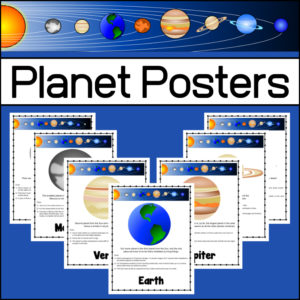 $3.00Buy Now
$3.00Buy NowCreate excitement and interest about the planets of our solar system by displaying these colorful and informative posters!
I’ve included 2 sets (one with and one without Pluto)-
- – Set one: Mercury, Venus, Earth, Mars, Jupiter, Saturn, Uranus, Neptune
- – Set two: Mercury, Venus, Earth, Mars, Jupiter, Saturn, Uranus, Neptune, Pluto (described as now classified as a ‘dwarf planet’)
-
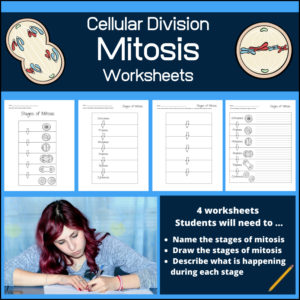 $2.00Buy Now
$2.00Buy NowReady to use stages of mitosis worksheets that can be used as study aids or for quizzes / tests.
There are 4 worksheets:
- #1: Students will name each stage of mitosis in order
- #2: Students will draw / illustrate each stage
- #3: Students will name and draw each stage
- #4: Students will describe what is happening / events of each stage
Answer key provided
-
 $3.50Buy Now
$3.50Buy NowThis Science / Biology resource provides colorful posters and worksheets for 3 stages of a butterfly’s life cycle: caterpillar, chrysalis, adult butterfly.
Each stage of life comes with a poster (labels showing the parts) and the following 3 worksheets:
#1: Students will label a picture of the specific stage and are given the names of the parts they are to label
#2: Students will label a picture of the specific stage but are not given the names of the parts (as they should have those memorized)
#3: Students are to both draw and label the specific stage. Parts they are to label of given.What parts are labeled for each stage?
- caterpillar: head, thorax, simple eye, mandible, walking leg, abdominal segment, proleg, anal proleg
- chrysalis: cremaster, abdomen, spiracle, wing, metathorax, mesothorax, antenna, prothorax
- adult butterfly: back leg, middle leg, front leg, spiracles, forewing, antenna, hind wing, veins, compound eye, ocellus, anus, proboscis, labial palpus
BONUS: All pages are also included in B/W format!
-
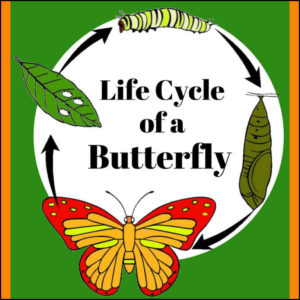 $1.75Buy Now
$1.75Buy NowThis Science resource will teach students the Life Cycle of a Butterfly and includes:
- * 2 color posters of the life cycle (1 with added details)
- * 1 b/w poster (for students to color),
- * 4 picture/information cards for each stage of the life cycle
- * 3 life cycle worksheets
-
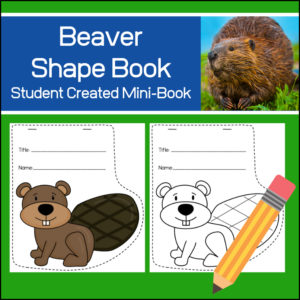 $2.00Buy Now
$2.00Buy NowStudying Beavers? Students will love to self-publish their own work in this cute Beaver shape book! Not only can they write creative stories or poems, but you can also have them use these templates to convey what they’ve learned (comprehension) from a book or from their own research! Template size: 7.5″ tall x 7″ wide.
Includes:
- 6 possible covers
- 13 different inside pages
I’ve created pages with both dotted-dashed lines as well as single lines so that you can use what best fits the level of your students.
-
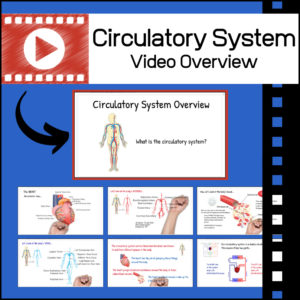 $6.99Buy Now
$6.99Buy NowThis 6:44 minute video product has been created to give BIOLOGY / ANATOMY / HEALTH students an overview of the human body’s circulatory system! Student will learn the major components of the system (names of major arteries and veins as well as parts of the exterior and interior of the heart) as well as the function of the heart, arteries, veins, red blood cells, white blood cells, platelets and plasma.
-
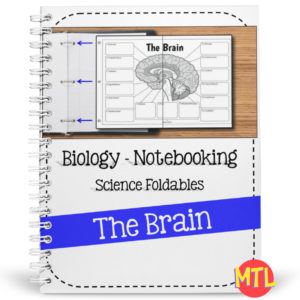 $3.00Buy Now
$3.00Buy NowHigh School Biology Notebook resource!
Students will learn all of the major parts of the brain including ventricles, cingulate gyrus, thalamus, hypothalamus, optic chiasm, pituitary gland, midbrain, pons, medulla oblongata, meninges, cerebral cortex, cerebrum, corpus callosum, pineal gland, cerebellum, occipital lobe, parietal lobe, temporal lobe, frontal lobe
-
 $1.50Buy Now
$1.50Buy NowHere is a classroom poster describing the basics of the human body’s circulatory system. Perfect for a Science or Health bulletin board.
The poster outlines basic functions for the following:
- heart
- arteries
- veins
- capillaries
- lungs
- red blood cells
- white blood cells
- platelets
-
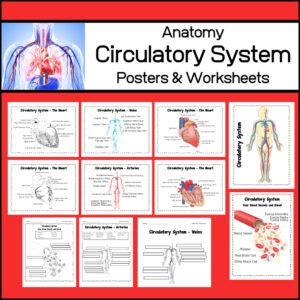 $4.00Buy Now
$4.00Buy NowThis Science / Biology / Health resource will help your students learn about the circulatory system of the human body! Included are 10 posters (each in color and b/w) and 5 different worksheets (each with and without a word bank)!
-
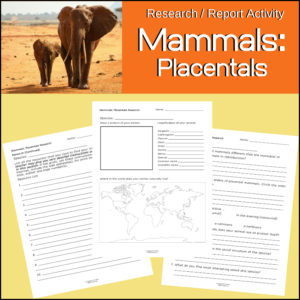 $2.00Buy Now
$2.00Buy NowPlacental mammals are the most diverse group of mammals with about 4000 discovered species and include dogs, cats, rodents, elephants, whales, cattle, pigs, humans and many more! If you are planning a study on these mammals, this product will guide students through their research and can be used as the end reporting tool!
-
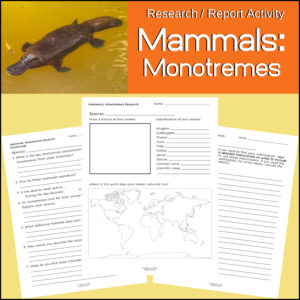 $2.00Buy Now
$2.00Buy NowThis science, animal study activity is designed to guide your students through the researching and reporting of any egg laying mammal (also known as Monotremes). These unusual mammals only reside in Australia and New Guinea. There are only five known species of monotremes: the platypus and four species of echidna.
This product will guide students through their research and can be used as the end reporting tool!
-
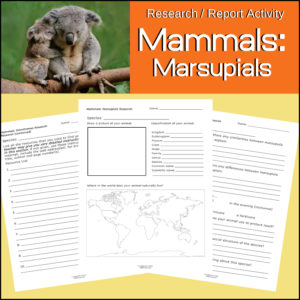 $2.00Buy Now
$2.00Buy NowStudents love kangaroos, wallabies, koalas and other pouch carrying animals also known as marsupials! This resource will guide students through their research on these amazing pouch carrying animals and can be used as the end reporting tool!
-
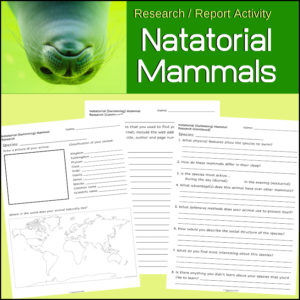 $2.00Buy Now
$2.00Buy NowAny mammal designed to swim such as a whale, sea lion, seal or walrus is considered a natatorial mammal. The term natatorial comes from the Latin natātor, natātōrem meaning “swimmer”. This product is perfect for your students if you want to assign a research & report project on water dwelling mammals. It will guide students through their research and can be used as the end reporting tool!
-
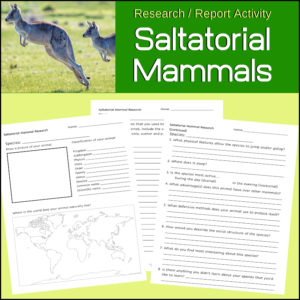 $2.00Buy NowOne way of categorizing animals is how they move. Mammals that are designed to jump, hop, gallop, or leap are called Saltatorial mammals such as the kangaroo, leopard, rabbit, horse, antelope and many others! This product is perfect to use as a research and report assignment to have students study mammals that jump, hop, gallop and/or leap! It will guide students through their research and can be used as the end reporting tool!
$2.00Buy NowOne way of categorizing animals is how they move. Mammals that are designed to jump, hop, gallop, or leap are called Saltatorial mammals such as the kangaroo, leopard, rabbit, horse, antelope and many others! This product is perfect to use as a research and report assignment to have students study mammals that jump, hop, gallop and/or leap! It will guide students through their research and can be used as the end reporting tool! -
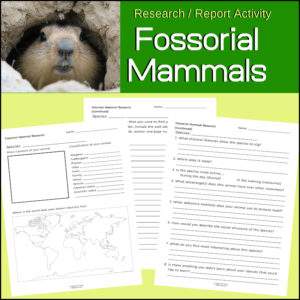 $2.00Buy Now
$2.00Buy NowBurrowing, ground dwelling mammals are known as fossorial mammals. Fossorial comes from the Latin fossor, meaning “digger”, thus mammals such as groundhogs, gophers, moles, rabbits and others are in this group. This resource will help students research and report on fossorial mammals as it guides students through their research and can be used as the end reporting tool!
-
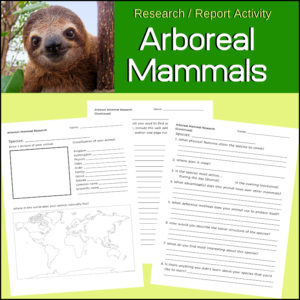 $2.00Buy Now
$2.00Buy NowDuring a study of animals (specifically tree-dwelling, arboreal mammals), students can use this product to research and report on animals such as the koala, monkey, sloth or possum. Any tree dwelling mammal is considered arboreal. Students can use this product as both a guide to their research as well as the end reporting tool!
-
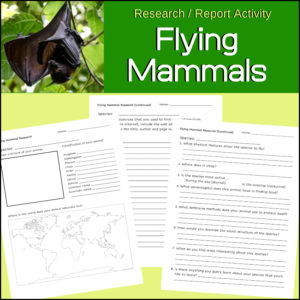 $2.00Buy Now
$2.00Buy NowIn the Science field of Zoology there is a group of mammals that are considered ‘flying’ mammals. This product makes it easy to assign students to research and report on one of these ‘flying’ mammals! Students will be able to use the product to both guide their research and use as their reporting tool.
-
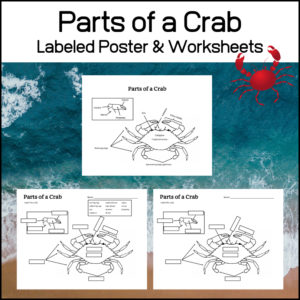 $1.25Buy Now
$1.25Buy NowIs your Science class studying (or preparing to study) ocean life, crustaceans or the phylum Arthropoda? This resource, Parts of a Crab – Poster & Worksheets, includes a labeled poster of a crab and 2 worksheets (or quizzes).
-
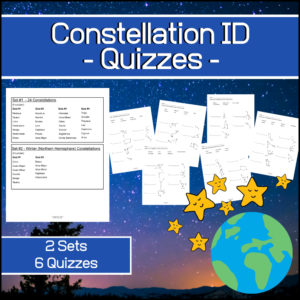 $2.50Buy Now
$2.50Buy NowUse this resource, Constellation Quizzes, to assess student knowledge of the imaginary star outlines or patterns on our ‘celestial sphere’ or they can be used simply as worksheets during the learning of the constellations! I’ve included 2 sets (with a total of 6 quizzes).
Each quiz will give students pictures and names of constellations and students will need to identify (match) each.
-
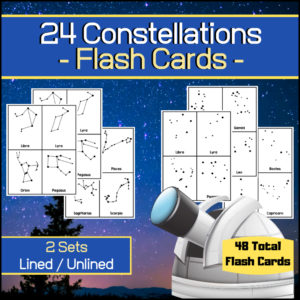 $3.00Buy Now
$3.00Buy NowThis Astronomy / Science resource, Constellation Flashcards, contains 2 sets of 24 constellations for a total of 48 cards. (Includes Astrological / Zodiac Constellations)
- Set one has lines that show the stars connected to create the constellation.
- Set two shows only the stars of the constellation (no lines). You can use set two to have students learn the ‘grouping of the stars’ as they actually see them in the sky -or- you can allow students to actually draw the lines on each card to help learn the constellations.

